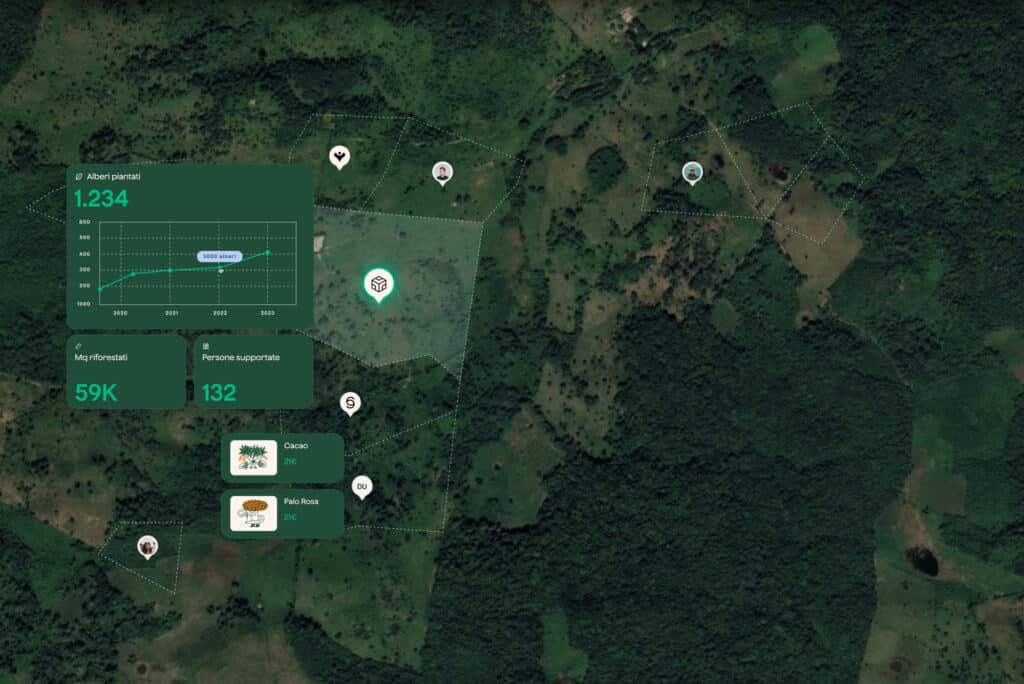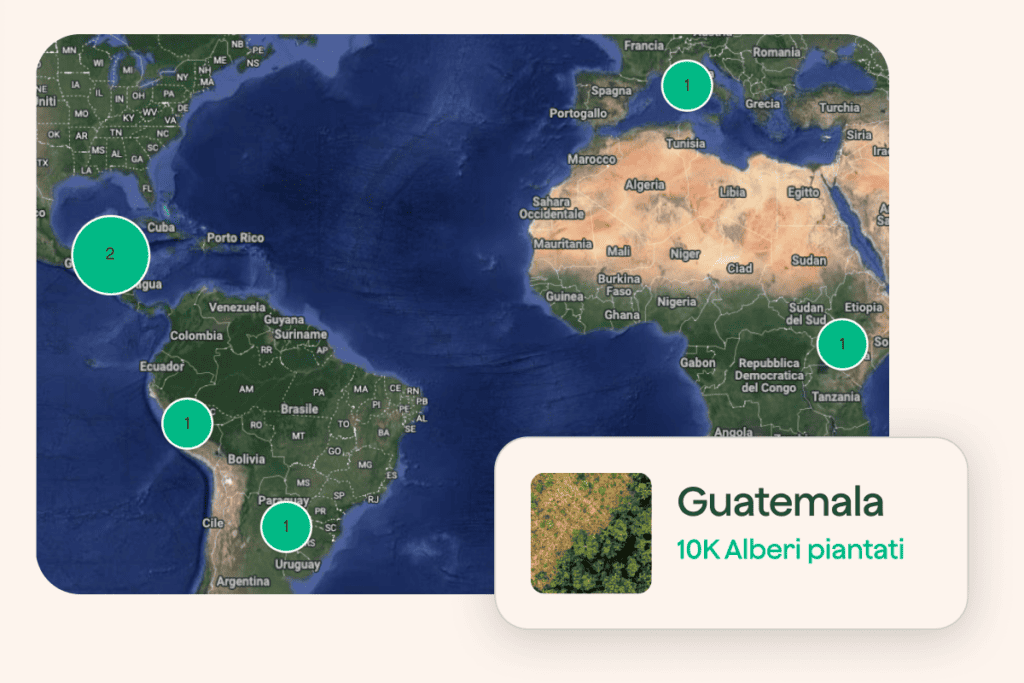Mitigation consists of human interventions aimed at reducing greenhouse gas emissions or enhancing their absorption, in order to reduce the impacts of climate change.
Relevance of mitigation
- The implementation of ambitious and coordinated mitigation actions is imperative if we are to succeed in containing the global temperature increase within the targets set by the Paris Agreement in 2015 and thus limit the impacts of the climate crisis on natural ecosystems and human societies;
- The Intergovernmental Panel on Climate Change (IPCC) issues assessment cycles composed of three reports, the third of which is entirely dedicated to mitigation;
- Mitigation measures engage a wide variety of actors, including governments, city administrations, businesses, local communities and individuals. They range from the adoption of specific technologies, to optimisation of production processes or even to shifting consumption practices.
Read more
The Intergovernmental Panel on Climate Change’s definition of mitigation, as well as the scenarios on which international negotiations on climate targets are based, include the creation and enhancement of ‘carbon sinks’ that absorb CO2 from the atmosphere. These sinks can be either artificial or natural. To date, carbon sequestration and storage technologies have not yet been scaled up to the levels needed to bring the trajectory of climate change within the internationally agreed limits, In addition, they pose major concerns about protecting biodiversity. Forests are a classic example of a natural reservoir of CO2. During certain stages of their life cycle, trees absorb carbon from the atmosphere and store it in their organic molecules.
Mitigation must always be thought of in strong synergy with adaptation. The effects of the climate crisis are already unraveling, thus calling for the adaptation of human systems to current and forecasted conditions. Moreover, due to the inertia of the climate system, the emissions of recent decades are bound to produce further impacts on which mitigation is no longer possible.
zeroCO2 and mitigation
zeroCO2 develops reforestation projects, on land and underwater, that trigger the absorption of CO2 from the atmosphere, thereby contributing to climate change mitigation.











